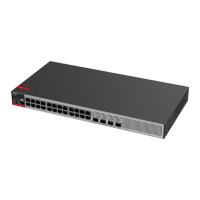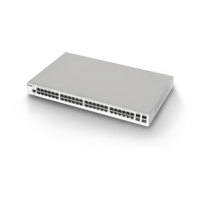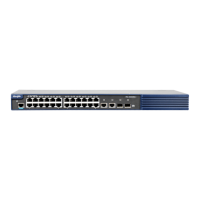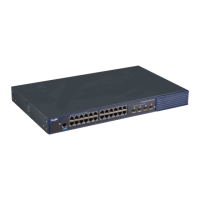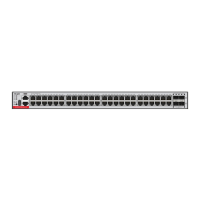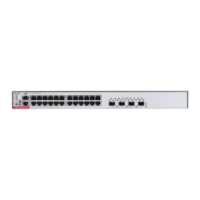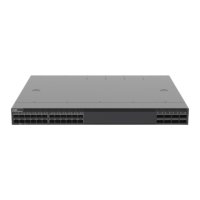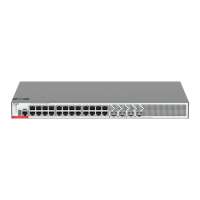Command Reference RIP Commands
Use this command to disable the function of sending update packets on an interface. Use the no form
of this command to restore the default setting.
passive-interface { default | interface-type interface-num }
no passive-interface { default | interface-type interface-num }
Sets all interfaces to the passive interfaces.
interface-type interface-num
Indicates the interface type and number.
Interfaces are set to the non passive interfaces by default.
Routing process configuration mode
The passive-interface default command sets all interfaces to the passive interfaces. You can use
no passive-interface interface-type interface-num command to set specified interfaces as
non-passive interfaces.
After you set an interface to the passive interface, RIP route update packets will no longer be sent but
can be received through the interface. In this case, route update packets can be sent to a specified
neighbor through the interfaces by using the neighbor command. You can use the ip rip send
enable and ip rip receive enable commands to control whether route update packets can be sent or
received through the interface.
The following example sets all interfaces to the passive interfaces and then sets ethernet0/1 to the
non-passive interface.
Ruijie(config-router)# passive-interface default
Ruijie(config-router)# no passive-interface gigabitEthernet 0/1
Enables or disables receiving RIP packets on
the interface.
Enables or disables sending RIP packets on
the interface.
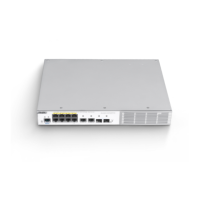
